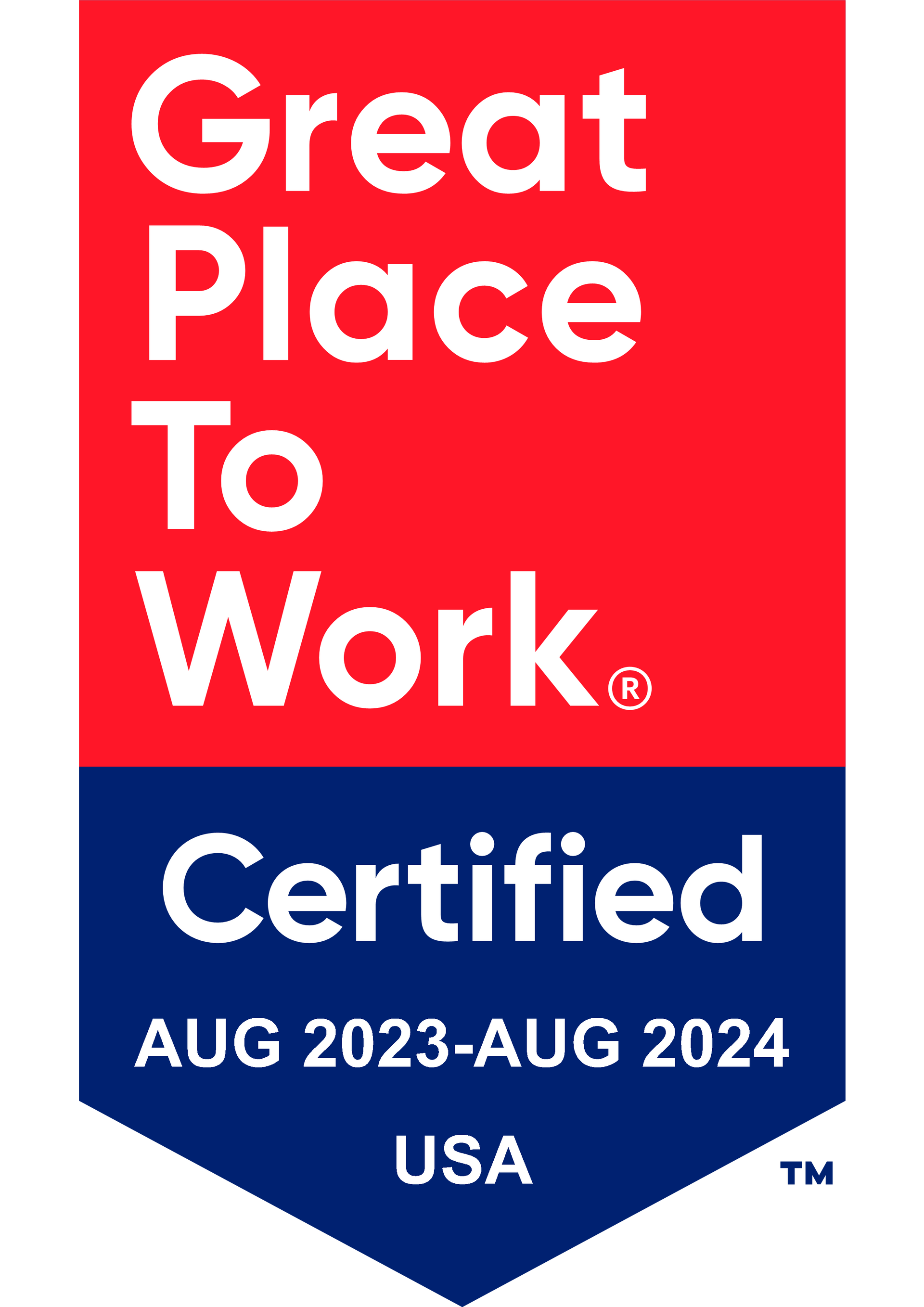Get in touch
408-366-8880
mymail@mailservice.com

What is QSEHRA?
With the anticipation of the January 2020 launch of the new Health Reimbursement Arrangement (HRA) option, called the Individual Coverage Health Reimbursement Arrangement (ICHRA) , it is important to take a look at its precursor — the Qualified Small Employer Health Reimbursement Arrangement (QSEHRA) .
In February 2019, the Society for Human Resource Management (SHRM) shared data from 2018, which disclosed information from the National Business Group on Health. Statistics showed the average annual health plan premium for employer-based family coverage had risen 5% to $19,616 and 3% for single coverage, for a total amount of $6,896.
Such dramatic increases in healthcare costs make it challenging for employers and employees to manage, but it is vital that both do so to maintain good health for each individual and for the business itself.
Since the challenge has become so great over the past few decades, HRA plans offer dutiful employers new ways to provide health insurance benefits to their employees.

A BRIEF HISTORY OF SELF-FUNDED INSURANCE AND WHY IT IS AS IMPORTANT TODAY AS IT WAS A CENTURY AGO
It comes as no surprised that the philosophy regarding healthcare was different in the early 20th century. Most employees worked for large factories or manufacturing plants. These large employers took medical care upon themselves and offered the original self-funded and self-managed health plans. They kept a company doctor on-site to tend to various issues throughout each workday.
That early independent, self-funded system evolved along with the ever-changing workforce. More and more workers steered away from factory jobs and headed toward corporate office settings and other types of work, and the availability of insurance followed. Many times, these businesses were much smaller, but employers understood that providing insurance was a fundamental way to attract and retain top employees.
Once known as defined benefits health plans, self-insurance and fully-insured plans are ones in which employees receive a defined benefit. Such benefits are often unlimited healthcare. These have often come across to employers as less attractive options because the risk is uncertain.
In the mid-20th century, deductibles and exclusions became more common fixtures in the health insurance market for self-insured plans, which swayed employers to consider fully insured health benefits plans. Some employers developed arrangements — in accordance with ERISA and HIPAA — that made it possible to reimburse employees for qualified health expenses that were not covered under their health insurance plan. These arrangements ensured that employers provided equal benefits to all employees.
HRAs started to gain popularity in the late 1990s, featuring annual maximums called defined contribution plans. This iteration of the HRA was especially appealing because it allowed employers to reimburse employees for non-critical medical expenses, which were often proactive to prevent chronic illness and disease. Vision check-ups and weight loss programs are examples of such HRA-facilitating programs.
In 2002, HRAs were formally defined by the IRS.
THE SMALL BUSINESS HEALTHCARE RELIEF ACT RESTORED CHOICE TO THE HEALTH MARKETPLACE AND PAVED THE WAY FOR QSEHRA
The passing of the Affordable Care Act (ACA) resulted in limitations in using HRAs for small businesses. Healthcare consumers were limited in both choice and affordability. Lawmakers quickly took on the task of resolving this issue for healthcare consumers in the U.S. with the following:
- The Small Business Healthcare Relief Act made it possible for small business owners to provide employees with a defined contribution using pre-tax funds.
- The act also allows employees to use these dollars as an HRA. With that, employees are allowed to purchase health coverage on the individual market and to pay for qualified out-of-pocket health expenses.
- Further, the act protects small business employers from any financial penalties possibly associated with providing a defined contribution plan.

THE QSEHRA WAS ON ITS WAY FOR SMALL BUSINESS OWNERS
No matter how big or small the business, the most talented employees want good health benefits. Small businesses often need the best and brightest to help their business grow, so it makes sense that up-and-coming employers want a way to offer HRAs to their existing and potential employees.
In the past, it was a common practice for small business owners to purchase a group health insurance policy and offer employees salary increases to defray those costs to make it as reasonable as possible.
After President Obama’s signing of the 21st Century Cures Act into law in December 2016, employers were able to offer HRA small business plan to their employees to help cover the cost of health insurance premiums and medical costs for their families and themselves.
Employers began offering QSEHRAs on or after Jan. 1, 2017 and were responsible for notifying employees by March 12, 2017, for the availability of arrangements and once employees were found eligible during the year.
WHAT IS QSEHRA?
With the success and popularity of HRAs came the realization that such plans could benefit companies of all sizes. What was once ideal for manufacturing companies would be tailored to work for smaller businesses. Thus, QSEHRA was designed, developed, and deployed.
Small employers who do not want to choose traditional group health coverage plans can participate in self-funded plans, too, with a QSEHRA plan. Small business owners can help employees pay for health expenses through this small business HRA plan.
With a QSEHRA, employees can pay for their household’s healthcare costs, including their premium and anything else that qualifies under the plan. If an employer offers it, employees will receive a notice showing the QSEHRA amount for them.
Basically, it allows a small business owner to reimburse employees for health insurance and health-related expenses. Each employer has a maximum set amount to pay each year. The costs that the employer reimburses are tax-free for employees. Further, employees can use QSEHRA to offset medical insurance costs or repay other uncovered and unpaid medical expenses.

QSEHRA DETAILS EMPLOYERS NEED TO KNOW
The QSEHRA offers great value to small business owners, but employers may need some additional information on the specific details of this small business health insurance reimbursement plan.
WHICH EMPLOYERS MAY OFFER IT TO EMPLOYEES?
This was designed specifically for small businesses; therefore, a small employer HRA must abide by two key rules:
- Maintain a staff of 50 or fewer full-time equivalent (FTE) employees
- Do not offer a group health plan
The QSEHRA serves as a highly effective health insurance model for smaller employers and staffs.
Owners of small businesses that currently offer a group health policy can cancel their existing plan to begin the process of adopting and implementing it.
WHAT ARE THE ELIGIBILITY REQUIREMENTS FOR EMPLOYEES WHO WANT TO PARTICIPATE IN THEIR ORGANIZATION’S QSEHRA?
FTE employees are those working 130 hours each month. Alternately, they work 30 or more hours each week for 120 consecutive operational days.
Prospective employees who are candidates for full-time employment may also become eligible once hired and working past the first 90 days of employment. It is important for hiring managers to emphasize the company’s insurance options, particularly the QSEHRA. Employees who walk away from interviews knowing a business offers a high-caliber QSEHRA are likely to appreciate the benefit and its value since many small businesses offer either traditional health plans or no plans at all.
ARE THERE EMPLOYEE EXCLUSIONS FROM QSEHRA?
Some employees are excluded from participating in an employer’s QSEHRA for the following conditions and reasons:
- Part-time workers
- Seasonal staff
- Employees still working on a 90-day probationary period
- Employees under the age of 25 years
- Employees involved with a union or other collective bargaining agreement
- Certain non-residents of the U.S.
QSEHRA PERMITTED USES, POLICIES, AND PROCEDURES FOR EMPLOYEES
Employees may use reimbursements to pay for health insurance premiums paid on the individual market. They may also use reimbursed funds to pay for qualified healthcare expenses, and employees must provide documented proof of their actual medical costs in order to receive each requested reimbursement.
WHAT BENEFITS DOES IT OFFER EMPLOYEES?
Per IRS Code, Section 213(d), QSEHRA may cover the cost of any documented and proven medical expense. Employees may also use it to cover individual health insurance premiums.
ARE QSEHRAS AVAILABLE TO SMALL BUSINESSES THAT OFFER TRADITIONAL GROUP HEALTH PLANS?
Since it was designed specifically to support small businesses and employee qualified benefits, small business employers may not offer both at the same time, per the 21st Century Cures Act.
WHO CONTRIBUTES TO A BUSINESS’S QSEHRA AND ARE THERE CONTRIBUTION LIMITS?
Like its parent arrangement, HRA, QSEHRA is 100% solely funded by the employer. Employees cannot contribute to their plan, and the employer’s contributions do not come from employee pay deductions.
There are contribution limits, which are:
- Single Employees. For single employees, the maximum amount the employer may contribute is $4,950 each year.
- Employees with Family and Dependents. For employees with family health insurance needs, the employer is allowed to contribute up to $10,000 annually.
Services
Latest Thinking




